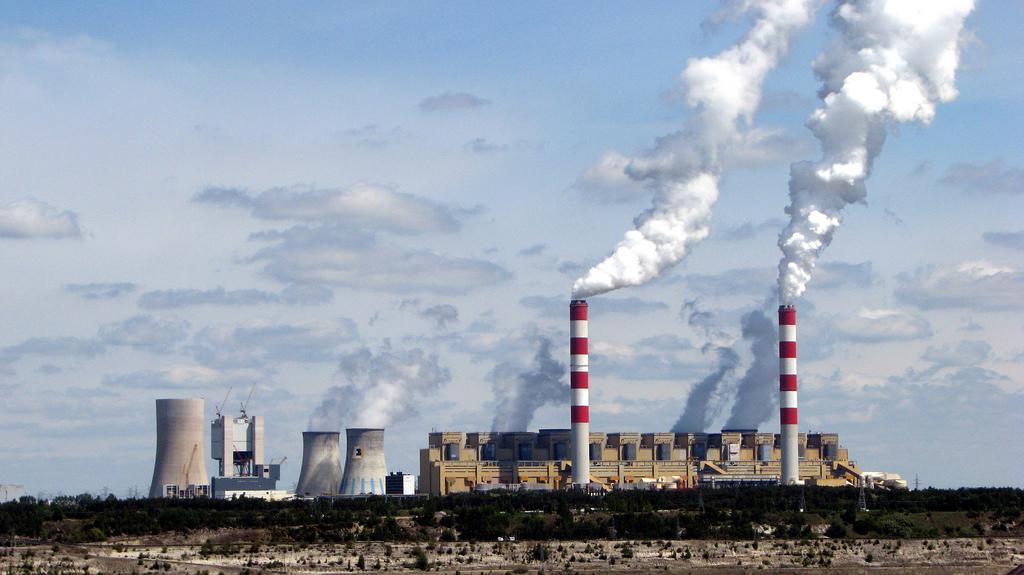Poland Set to End Coal-Fired Power Generation
Poland’s top climate official said the country is preparing to set a date for a complete phase-out of coal-fired power generation, just months after the nation elected a new government that has pledged to support environmental policies of the European Union (EU).
Poland, which currently receives about 70% of its electricity from burning coal, and has long been Europe’s largest producer of the fuel, has been slowly increasing its use of solar and wind power. The Polish Wind Energy Association on Jan. 10 said the country now has more than 9 GW of installed onshore wind power capacity, and has plans to begin building its first offshore wind farm in 2025. Poland also is moving forward with plans for the country’s first utility-nuclear power plant, along with signing contracts for installation of small modular reactors (SMRs).
A Warsaw-based group on Jan. 11 said Poland needs to end coal-fired power generation by 2035. Forum Energii in a report said coal plants no longer will be economically viable by the middle of the next decade. Poland is home to Europe’s largest coal-fired power plant, the 5.1-GW Belchatow power station. Belchatow, located in Rogowiec, has more than a dozen units, including an 858-MW supercritical unit commissioned in 2012. The plant initially entered operation in 1982.
End Date for Coal
Urszula Zielinska, the country’s Secretary of State for Climate, during a meeting in Brussels, Belgium on Jan. 15, said, “Only with an end date [for coal] we can plan and only with an end date industry can plan, people can plan. So yes, absolutely, we will be looking to set an end date.” Zielinska, who was appointed to her post last month, said officials are studying the country’s energy and climate strategies. She said any government actions would include support for workers and other industries that would be impacted by the move away from coal.

“It’s all under revision and with a view to step up the efforts, but also to secure the people who may be most impacted, the industries as well, to make sure that the industries are really smoothly transitioned into new green branches,” she said. Zielinska also said Poland is prepared to follow an EU target to cut carbon emissions by as much as 90% by 2040.
Poland’s parliament in December elected centrist party leader Donald Tusk as prime minister, two months after the national election ousted members of the conservative Law and Justice (PiS) party that had ruled Poland for eight years and often clashed with the EU. Poland is a member of both the EU and NATO.
The PiS government had an agreement with Polish trade unions to continue coal mining until at least 2049. That government opposed some of the EU’s environmental measures, and last year filed a court challenge as it sought to cancel the bloc’s climate policies. That legal action included overturning an EU ban on combustion engine vehicles that would take effect by 2035. Poland was the only EU member to vote against that measure.
—Darrell Proctor is a senior associate editor for POWER (@POWERmagazine).